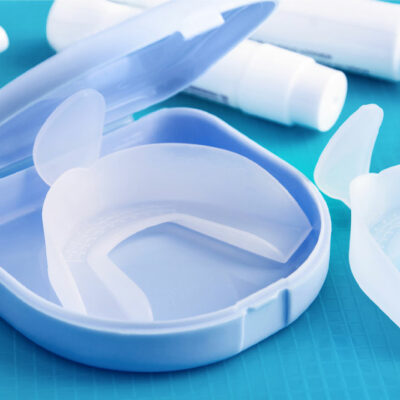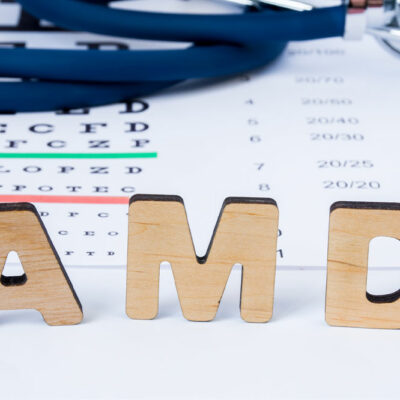
9 popular teeth whitening products to check out
Beverages like coffee, tea, juice, and sugary foods can take a toll on a person’s oral health. They leave behind stubborn yellow stains on the teeth, a condition known as teeth discoloration. Brushing your teeth and going for periodic dental check-ups may not be sufficient to eliminate these stains. This is where whitening toothpaste and whitening kits come into play. Read on to learn about the best options and how they keep your teeth safe. Why consider teeth whitening products? Teeth whitening products are great for improving the shine of your teeth. Many people use them, thanks to their easy availability and cost-effectiveness. These products use unique techniques to improve the appearance of the teeth, such as gel trays, teeth whitening strips, and even whitening toothpaste with special formulas. As a result, achieving a bright smile and preventing teeth damage is now easy. Two common ingredients in teeth whitening products are hydrogen peroxide and carbamide peroxide. They minimize or eliminate the appearance of stains and discoloration of your teeth. Best teeth whitening products We have listed the best teeth whitening toothpaste, kits, and products below. Remember that most of these work best on clean tooth enamel surfaces, free of debris.
Read Article 









